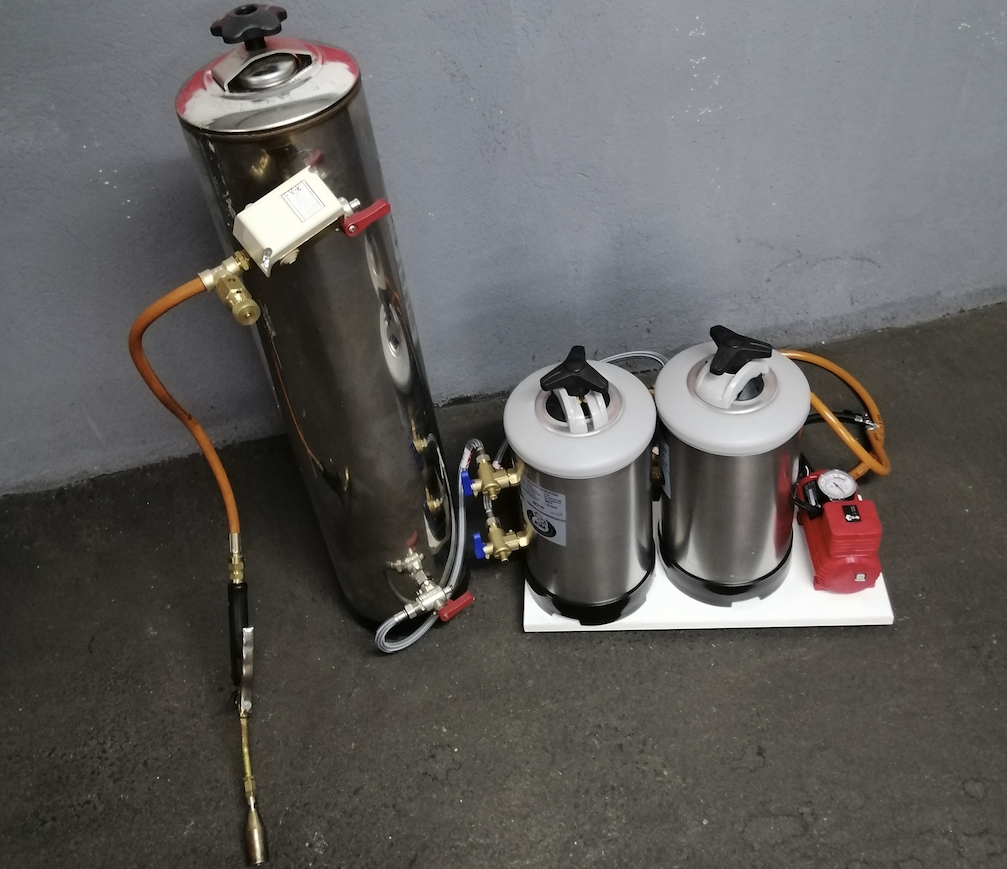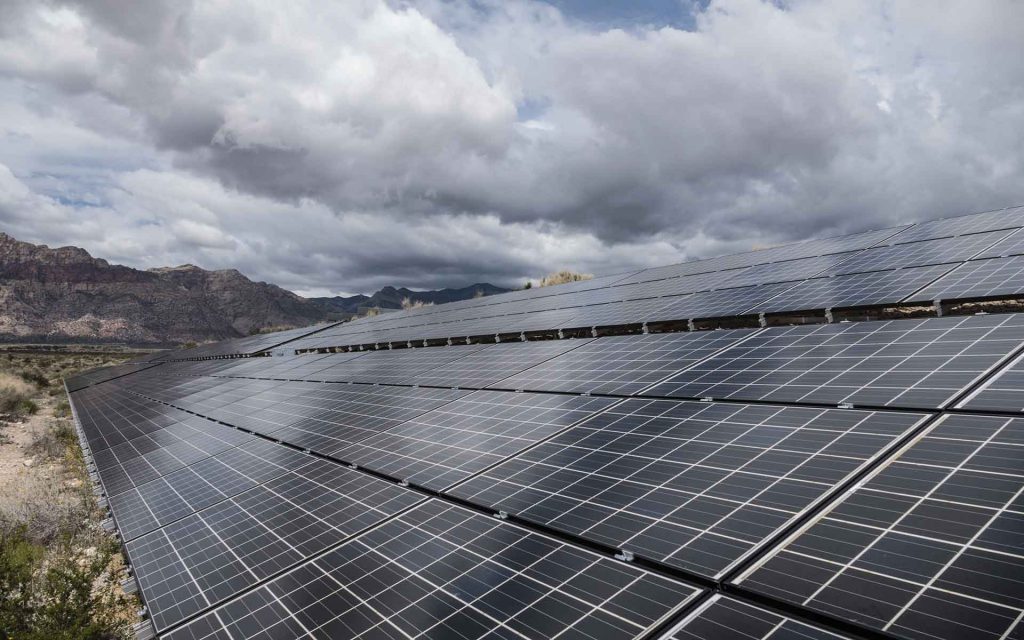From pv magazine Spain
Spanish scientist José Antonio G. I. has developed a system that is able to generate and store hydrogen on-site from tap water without electrolysis.
“Until now, the most common way to produce hydrogen is by electrolysis. However, this process implies a significant electrical consumption that makes it not interesting from an economic point of view,” he told pv magazine.
The prototype consists of a water tank that is initially filled with water, ferrosilicon, and sodium hydroxide. Hydrogen production begins when a 20 W compressor discharges pressurised air in the lower part of the tank.
“It is the air that causes the reaction between the different chemical components and generates hydrogen,” the scientist explained. “Then, the generated hydrogen leaves through the upper area of the tank to be introduced into an equally pressurised tank. The water in this second tank collects the possible impurities and hydrogen comes out through the upper part of the tank.”
After the hydrogen is purified, it flows via an upper conduit to another tank equipped with closed contacts, a safety valve and an outlet pipe assisted by a solenoid valve.

“Currently, we are developing a model with a 220-litre tank that can work with a pressure of 1 kg/cm2 and a flow rate of 30 litres per minute,” González Ibáñez went on to say. “This can generate heating, hot water and electricity for a household or a small business.”
The group is also designing a larger model that can work with a pressure of 750 Kg/cm2 and can reportedly supply a thermal power plant or a container ship.
“Hydrogen is produced at the place of consumption, so transportation disappears, it only needs a water tap,” the scientist emphasised. “The system is capable of generating the energy equivalent to a litre of gasoline –30 Mjoules or 8.333333 kW– for €0.0151515 (US$0.0153749).”
*The article was updated on July 31 to specify that the two chemical elements added to the first tank are ferrosilicon and sodium hydroxide.
This content is protected by copyright and may not be reused. If you want to cooperate with us and would like to reuse some of our content, please contact: editors@pv-magazine.com.









Surely you don’t believe this tripe, do you? The key red flag: “The prototype consists of a water tank that is initially filled with water and two more chemical elements that the researcher doesn’t want to reveal.”
There is no such thing as a free lunch. You aren’t going to violate the 2nd law of thermodynamics (which is what this contraption proposes to do). And unless you use more energy than the energy it produces, it isn’t going to work. End of story.